Is Easy Method to Vpn When I Email
SMTP is blocked by VPN & won't let me send emails
by Ivan Jenic
- VPNs have a habit of blocking SMTP as a security measure.
- You cannot send emails when connected to a virtual server without changing a few settings first.
- See below how to tweak your settings in order to send emails while being connected to a VPN.
- We gathered several options and also included top-level suggestions for alternative VPNs and email clients.
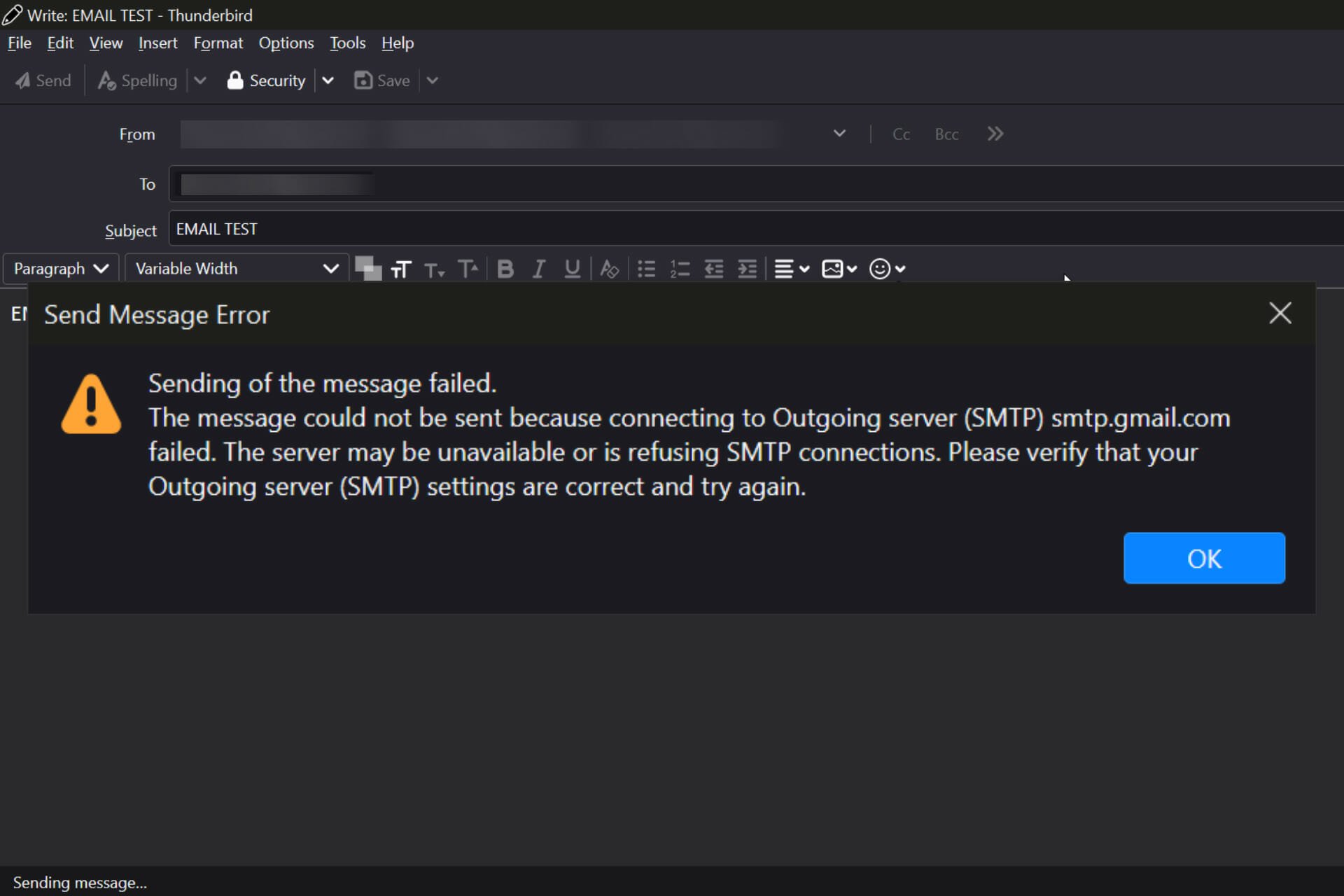
XINSTALL BY CLICKING THE DOWNLOAD FILE
Is SMTP blocked by VPN on your Windows PC? Are you having issues sending or receiving emails in your custom webmail while on VPN?
Even though it might seem like a complicated problem, there are a few methods that are worth trying, as some users have confirmed them.
SMTP (Send Mail Transfer Protocol) is the protocol used by outgoing mail from a PC. This protocol is generally used during Mail exchange.
SMTP is provided by the ISP and has a particular address through which these mail exchanges are sent. such as TCP 25 used by many older email client programs.
Why does VPN block SMTP?
SMTP can be blocked for different reasons apart from your VPN. This particular problem can especially be felt when you travel outside your ISP coverage area.
You may have difficulties sending emails from email clients such as Microsoft Outlook, Mozilla Thunderbird, and other email clients. This is usually caused due to differences between the information your ISP has, and your device.
For instance, some hotels have checks that search if your ISP is from that region; however, if it's not, your SMTP may be blocked.
Another reason why SMTP is blocked while you are on VPN is because of spam. Many reputable VPN providers do not keep logs which means they must also block spam messages. One way they reduce spam messages is by blocking SMTP traffic.
Most VPNs block outgoing SMTP on port 25 (because this port is unsecured). However, MS Outlook and several email client programs use this port as the major port for SMTP mails.
Meanwhile, the WindowsReport team has come up with applicable solutions that can help you work around the VPN SMTP blocked problem.
What can I do if SMTP is blocked by my VPN service?
1. Use a webmail provider
Most of the complaints about VPN SMTP blocked issues emanated from custom webmail users. An example of custom webmail is [email protected] .
However, using standard webmail is an excellent solution since most webmail provides an SMTP server on an SSL port TCP 465. Moreover, many VPNs do not block this port because it is secure.
This is because these webmail providers are not blocked by several VPN service providers. They also have a huge user base and provide excellent anti-spamming and security features for users.
Also, they are free to use and easy to access, unlike email clients.
In addition, many webmail providers provide anti-spamming features for users which reduces the number of spam messages entering your inbox. You can pick from many available webmail clients online.
However, we recommend the use of Gmail, or Yahoo Mail, as these have become some of the most well-rounded and known email providers.
2. Change your VPN
Even though are plenty of very capable options on the market when it comes to VPN software, some of them stand out from the crowd, especially when dealing with SMTP issues.
One such VPN software that will never stop you from accessing your email due to SMTP issues is the well-rounded and easy-to-use Private Internet Access.
This VPN app not only ensures a smooth browsing experience no matter what tasks you're focusing on online but also allows you to efficiently transform your IP to almost any country by using a wide number of servers located across the globe.
The easy-to-use interface ensures that you won't waste any time configuring the VPN, and you can also access geo-restricted content from across the world, while also keeping your IP protected from any third parties that are collecting online data.
As mentioned before, there are many other viable VPN apps to choose from, even though we highly recommend this one.

Private Internet Access
Forget all STMP email problems by using the powerful and versatile PIA today!
3. Contact your VPN provider and add the email server to the whitelist
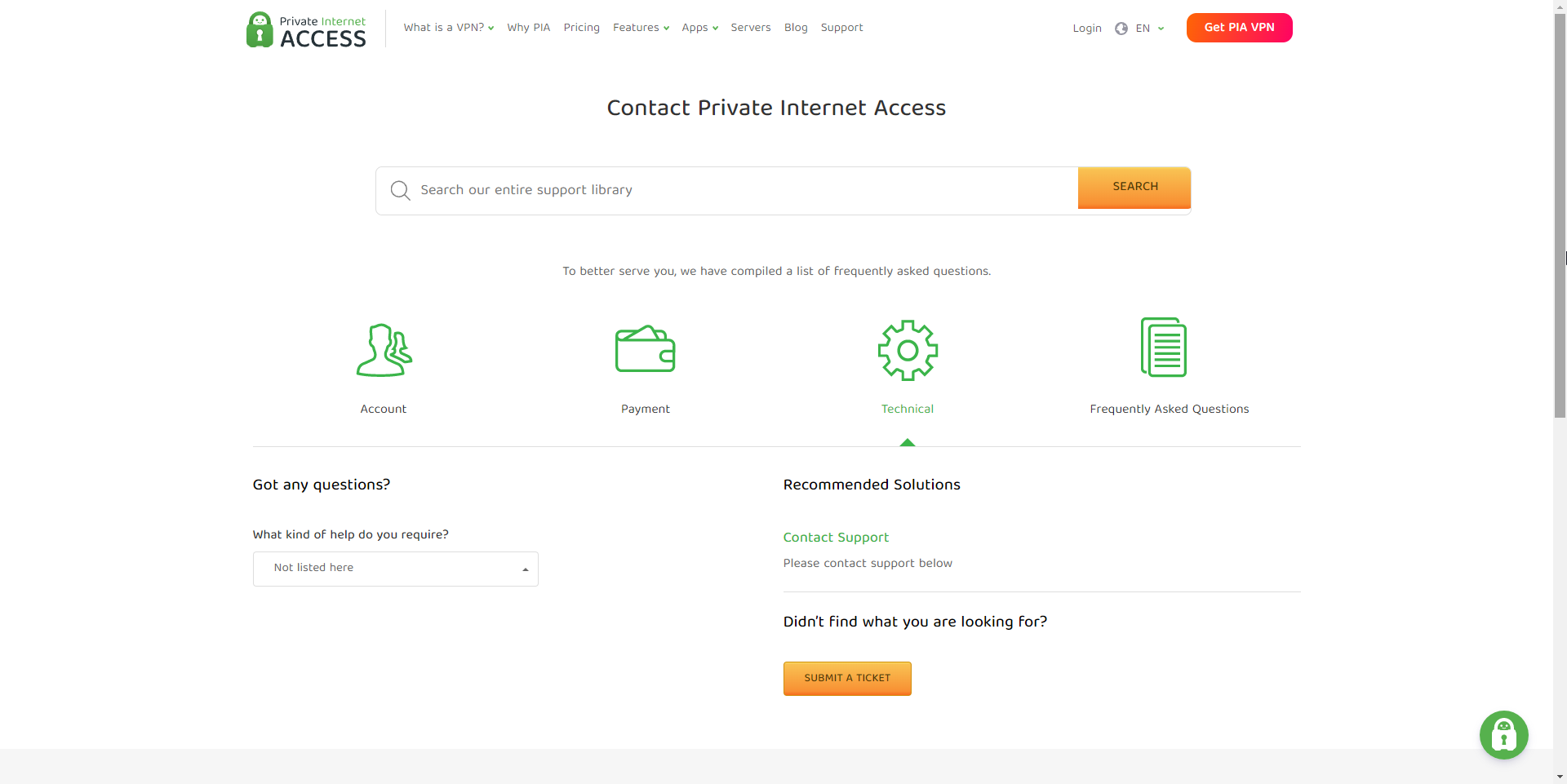
Even though you might have another VPN service installed, you can always try contacting them and ask about adding the email server you're using to the whitelist.
This is a standard procedure used for the security and privacy of their subscribers and it is merely another sign that the service is very secure.
Just like many other VPN providers that have no-log policies, Private Internet Access must block outgoing SMTP traffic due to the spam associated with the use of VPN services, but they are extremely responsive when it comes to specific requests.
Fortunately enough, they can be contacted so that your specific email server can be whitelisted.
All you need to do is submit screenshots showing all of the following settings that you currently have entered to use in your email program:
- The email addresses being blocked
- The SMTP/outgoing email server name for the above address
- For example smtp.mail.com, mail.example.net, etc.
- The Port number used to connect to the mail server
- Your SSL setting
- Whether it is enabled or disabled
- It may appear as TLS or SSL
Alternatively, you can also bypass these blocks by simply changing the SMTP server settings on your email client to the TCP port.
4. Switch to a newer email client
Many new email clients do not use TCP port 25 for their SMTP services. If your VPN still blocks your SMTP, you would have to upgrade to a newer version.
Alternatively, you can replace your email client with the latest email clients that use much more secure TCP ports.
This is a great tool that has a free version and includes multiple email accounts. It also allows you to classify and organize your emails thus making your email work easier.
Meanwhile, some VPN providers don't block SMTP mails on TCP 25. If you use your email client regularly, it may be beneficial for you to switch your VPN service to SMTP-friendly VPN. We'll list these VPN services below.
5. Temporarily disable VPN
A quick fix method that bypassed the SMTP blocked on VPN issue is to temporarily disable your VPN, send the email with your email client, and then enable your VPN afterward.
This would effectively work; however, there are many dangers involved, as you could be exposed to hacks and attacks from trackers.
Also, if you're sending a sensitive email it can be intercepted by your ISP or government agency.
The validity of this method comes down to your specific circumstances, so use it at your own risk.
If you decide to disable your VPN for the time being, you can follow these steps:

NOTE
The exact process to disable your VPN service will vary depending on the application you're using for this task. We will be covering the exact steps to disable the PIA VPN software.
- Click on the VPN icon found in the tray bar next to the clock.
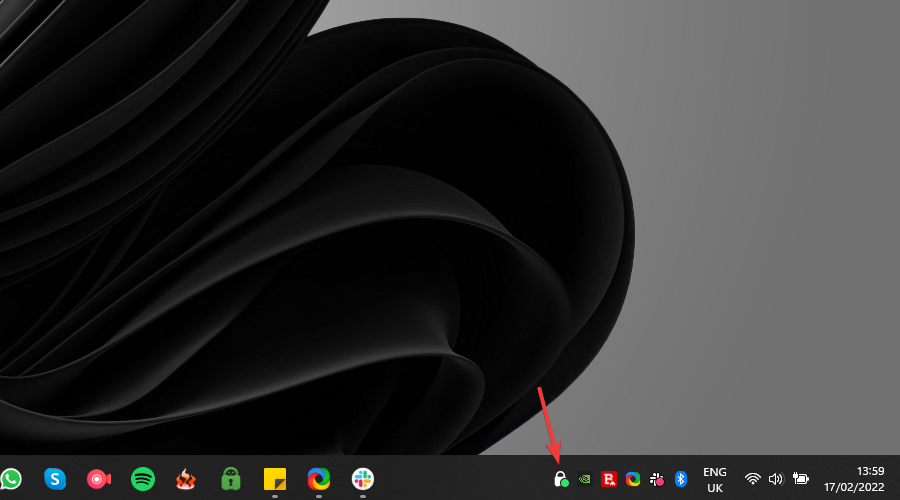
- Cick the big power button to turn off the VPN.
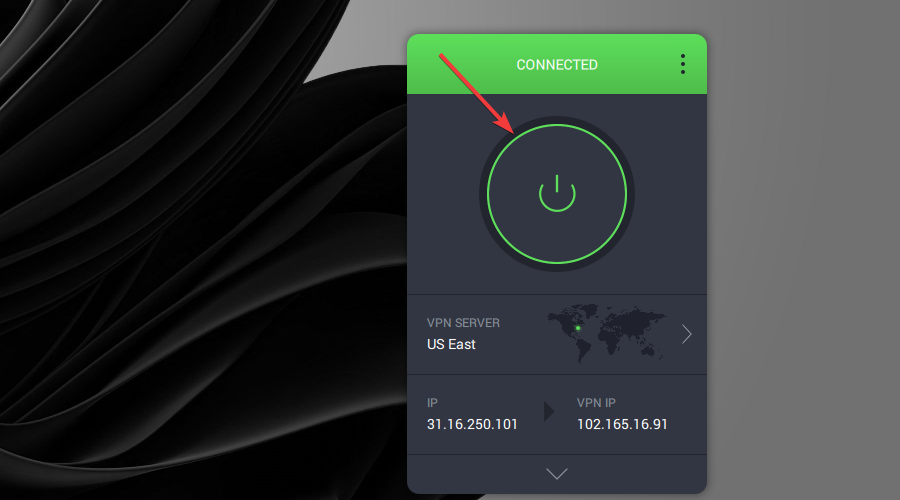
- Now the PIA VPN interface should look like this.
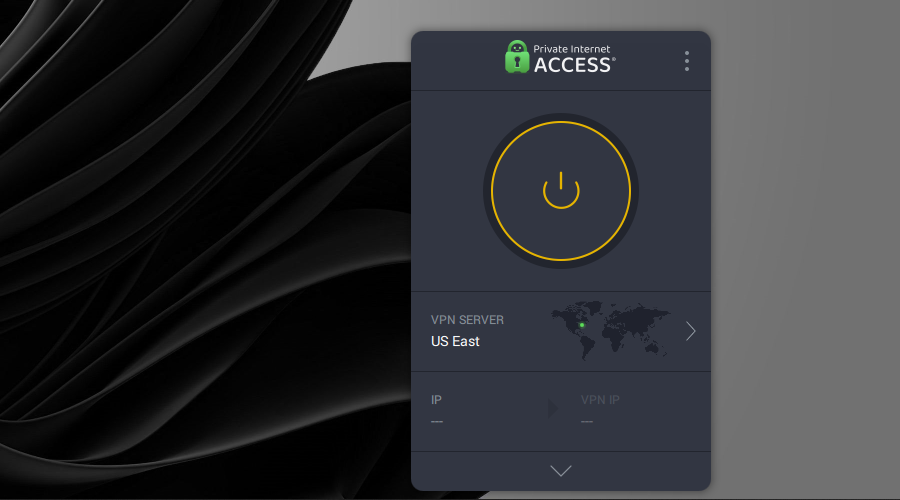
- Click the 3 dots option from the upper-right side of the VPN interface.

- Choose Quit to close the VPN.
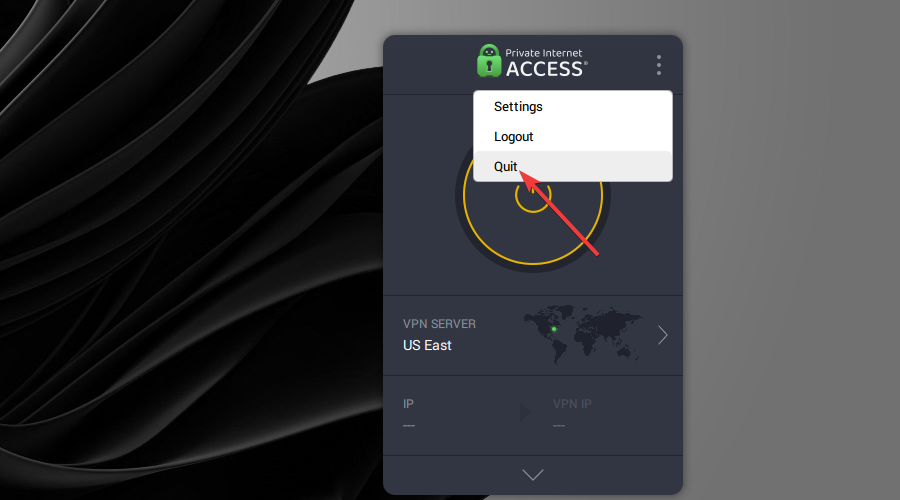
To continue protecting your online identity and to be capable of accessing geo-restricted content online, make sure to start the VPN service again after sending/receiving the emails you need to.
As you can see, there are a few options that you can try to avoid encountering the same issue with your email client while using VPN.
One of the most useful methods is to try a VPN that offers great protection while also not intervening too much in your email-sending process, or contact the developers of the specific software and ask for a whitelist process to be effectuated.
Which of these methods worked for you? Feel free to share your thoughts and experience with us by using the comment section found below this guide.
If you want to learn more about email issues and implement cool tips and tricks for more efficient emailing, check out our dedicated Email Hub.
If you are interested in other similar tutorials guides, check out our VPN troubleshooting page.
 Still having issues? Fix them with this tool:
Still having issues? Fix them with this tool:
- Download this PC Repair Tool rated Great on TrustPilot.com (download starts on this page).
- Click Start Scan to find Windows issues that could be causing PC problems.
- Click Repair All to fix issues with Patented Technologies (Exclusive Discount for our readers).
Restoro has been downloaded by 0 readers this month.
Frequently Asked Questions
-
VPN service providers may block SMTP as a security measure, to protect you against data leaks and avoid spam messaging. The issue should be easy to overcome if you whitelist your email or change VPN settings as proposed in this guide.
-
Simply contact your VPN provider's technical support and ask them to whitelist your particular SMTP. Additionally, you could also try using a different email client.
-
Your SMTP is generally provided by your ISP. It is the default email server that enables you to send and receive emails in real time.
Source: https://windowsreport.com/vpn-smtp-blocked/